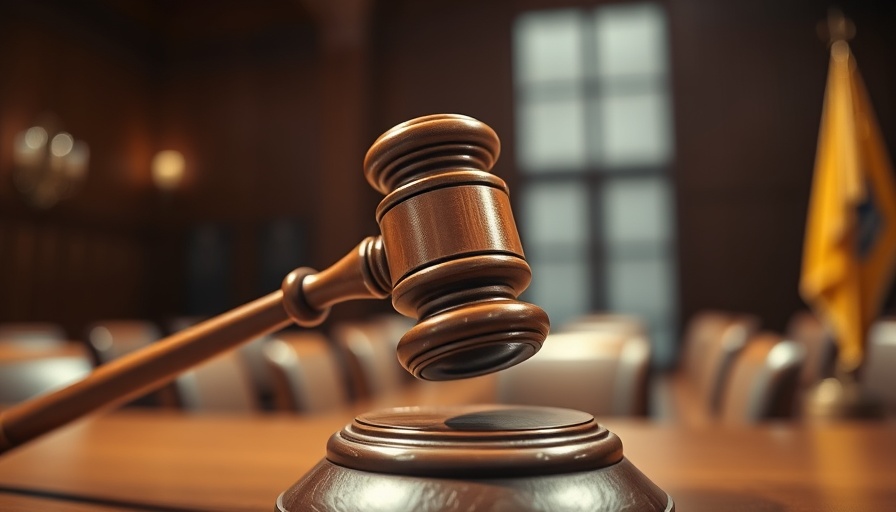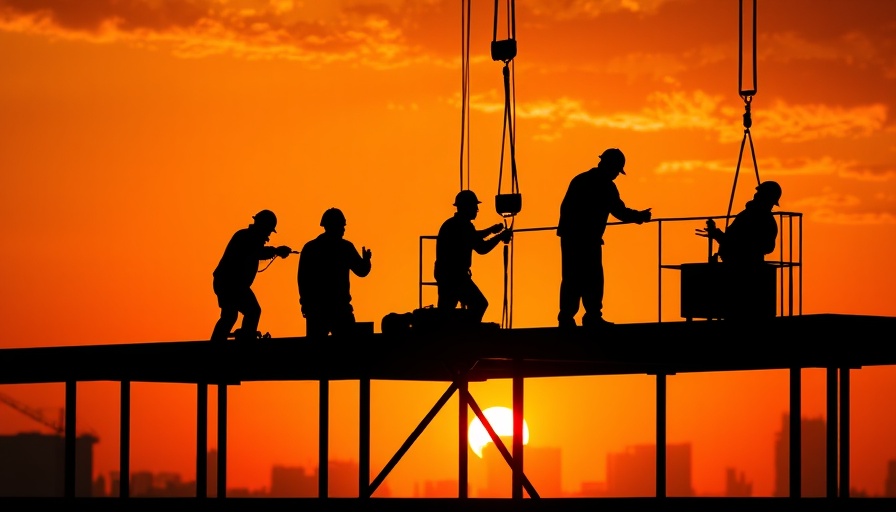
Understanding the GAF-IBHS FORTIFIED Alliance
The GAF-IBHS FORTIFIED Alliance is an essential initiative bringing construction professionals together to enhance the resilience and safety of buildings. With growing concerns about climate change and natural disasters, this alliance focuses on providing building professionals with the tools and knowledge needed to construct safer, more robust structures. By integrating best building practices and leveraging cutting-edge technology, the alliance aims to help property developers, business owners, and facility managers navigate challenges with resilience in mind.
Why Resilience Matters Now More Than Ever
As we witness an increase in extreme weather events, building resilience is no longer a luxury but a necessity. For property developers and business owners, making informed construction choices can minimize risks associated with environmental disasters. The FORTIFIED program not only promotes superior building materials but also emphasizes a proactive approach that considers future risks — ensuring long-term sustainability and cost-effectiveness. Recent data shows that investing in resilient design can yield significant returns on investment, making the extra effort worthwhile in the long term.
Breaking Down Key Features of the FORTIFIED Program
The FORTIFIED program provides a blueprint for safety, focusing on several key features:
- Enhanced Structural Strength: By adhering to rigorous building standards, structures can better withstand winds and other forces associated with natural disasters.
- Sustainable Materials: The program encourages the use of materials that not only meet performance standards but also have a lower environmental impact, aligning with the goals of health-conscious businesses and developers.
- Certification Process: Obtaining FORTIFIED certification provides a competitive edge, signaling to potential clients that a building meets high safety and quality standards.
The Economic Benefits of Fortified Structures
Investing in fortified construction practices comes with multiple economic benefits. Property developers can reduce insurance premiums, lower maintenance costs, and enhance the overall value of their properties. A structure designed with resilience in mind often attracts tenants willing to pay a premium for safety and comfort. This approach not only contributes to community well-being but also drives higher returns for businesses pursuing sustainable practices in construction.
Leveraging Innovations in Construction Technology
The GAF-IBHS FORTIFIED Alliance is not only about adherence to traditional building codes but also about embracing technological innovations. From drones for site assessments to advanced materials that respond to environmental demands, these technologies streamline processes and enhance efficiency. The integration of smart technology also means that building managers can monitor and maintain their properties more effectively, translating to significant operational cost savings.
Action Items for Business Owners and Developers
For businesses looking to engage with the GAF-IBHS FORTIFIED Alliance, consider the following steps:
- Assess current building practices against FORTIFIED standards to identify potential improvements.
- Engage with local experts to explore innovative materials and building techniques.
- Utilize training resources provided by the alliance to improve knowledge on best practices in resilience.
By prioritizing resilience in construction practices, owners, developers, and facility managers can not only protect their investments but also contribute positively to the community and environment.
In conclusion, building resilience through the FORTIFIED Alliance is not just a precaution — it’s an innovative approach to ensure safety, sustainability, and economic viability in a rapidly changing world. Embrace these insights and trends to stay ahead in the competitive construction industry.
 Add Row
Add Row  Add
Add 




Write A Comment